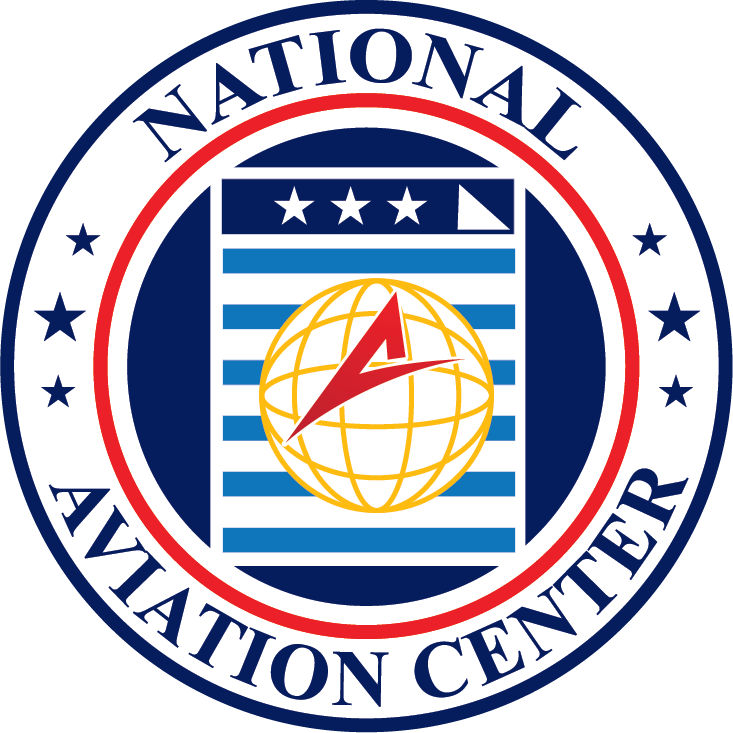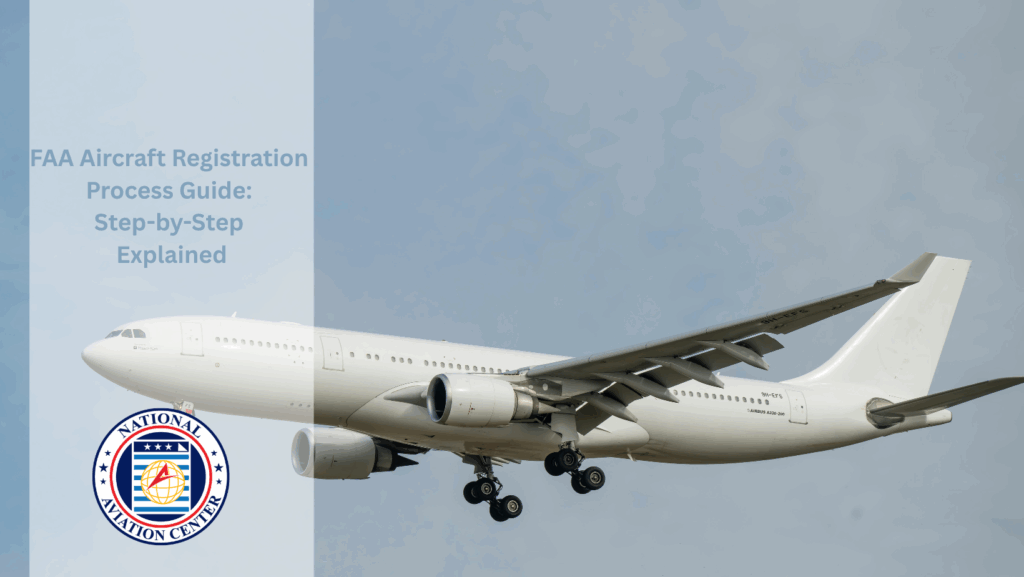One of the major things that an aircraft owner in the United States must be concerned about is the compliance of the aircraft with the laws of the Federal Aviation Administration. In fact, the most important requirement is the FAA Aircraft Registration Process Guide. The procedure not only identifies the legal owner but also allows the aircraft to fly in the U.S. airspace. A registration creates a record with the Federal Aviation Administration (FAA) which helps to protect the owners and also contributes to the overall safety of the national aviation system.
It may be easier to complete your registration through an online system which has clear guidelines to follow. Renewing one’s certificate is the process involved in the step of the series. Most of the times, these steps are very important in the avoidance of penalties and the smooth running of the airplane. This writing explains the FAA registration process with details, traditional and online methods of registration, and gives tips to the aircraft owners on practical issues.
Grasping the Aircraft Registration Process of the FAA
The entire Federal Aviation Administration (FAA) aircraft registration is a procedure which is required by federal law for all the aircraft that are operating within the United States.
- Proof of Ownership: Just like in the case of a bill of sale, an aircraft owner must produce such a document as proof of ownership.
- Application for Registration: Accomplishing the formal FAA forms is the first step to this.
- Payment of Fees: Allowing the submission of filing fees is common for all registrations.
- Renewal Obligation: Certificates of registration are valid for three years.
| Feature | Initial Registration | Renewal |
| Documents Required | Bill of Sale, FAA Form | Renewal Form only |
| Processing Time | Weeks (depending on FAA) | Faster, often days |
| Validity | 3 years | 3 years |
| Compliance Importance | Mandatory for operation | Mandatory to remain legal |
This comparison shows the impact of both initial registration and the importance of timely renewals.
Detailed Steps in the FAA Registration Process
The FAA aircraft registration process is definitely a ‘do your homework’ job, where one must prepare a detailed list of requirements and abide by them strictly.

Initial Registration Steps
- Fill out the form FAA 8050-1 (Application for Registration) which stands for the registration of the aircraft.
- Present the authority, the evidence of the operation, for example, a filled form 8050-2 (Bill of Sale).
- Make a payment for the required registration, which is identified by the registration fees.
- Send in physically, or if you prefer, you can do it electronically through authorized channels.
Renewal Process
It has been established that the procedure of re-registration is supposed to take place every three years. In most cases, the FAA is in charge of mailing reminders; however, the owners must take the initiative to act accordingly within the given period. Non-renewal before expiry will not only deprive the aircraft of being legally driven but will also be unsafe to operate until the crew get into compliance again.
Transfers and Changes
In the case of a change of owners, the FAA requires updated paperwork and payment of fees. The new owner has to complete the forms within 30 days of taking the purchase to comply with the regulatory requirements.
Aircraft owners who properly follow these steps will be able to stay clear of legal issues and continue to operate their aircraft as required by U.S. law.
Comparing Online vs Traditional Registration
Besides the traditional paper registration which is still available, online systems have made the process much easier.
For instance, an airline manager of a corporate fleet can efficiently complete online registration that will take him/her weeks to submit it otherwise by mail, while, on the other hand, individual owners get benefits from the speed of processing, and less occurrence of mistakes.

- Speed – Online registration scores 9/10, much faster than paper at 6/10.
- Convenience – Online ranks the highest at 10/10, while paper lags with 6/10.
- Accuracy – Online achieves 9/10, compared to paper’s 7/10.
- Renewal Ease – Online simplifies renewals (9/10) versus paper (6/10).
This comparison demonstrates why most owners prefer online systems for efficiency and accuracy.
Practical Tips in FAA Registration
Knowing the process, preparation, and also being accurate are of equal importance.
Tips for Success
- Document Gathering Early: Prepare all ownership records and avoid delays in your work.
- Eligibility Check: Make sure ownership meets the citizenship requirement of the FAA.
- Take Advantage of Online Resources: More efficient, more secure, and minimizing errors.
- Monitor the Renewal Date: Renew before expiration by setting reminders.
Step-by-Step Checklist
- Ownership documents should be gathered first.
- A application forms should be completed next.
- Fees required may be paid online or by mail.
- Authorized platform submission of forms.
- First, the registration confirmation should be kept for future records.
These tips help the organization to be in line with unnecessary delays are eradicated from the given strategies.
The Best Way to Register Is the Right One
The FAA Aircraft Registration Process Guide is indeed a keeper of secrets—one among them being the co-owners. The function from ownership proof along with the renewals ensures operations within the scope of law and federal compliance. The process of online registration makes it quicker, more precise, and more handy, both for private and corporate users.
If you are an aircraft owner, similarly, first steps take today to document your work, follow the FAA guidelines and maintenance of the registration turns out to be the key to your aircraft investment and freedom of operation at National Aviation Center.




